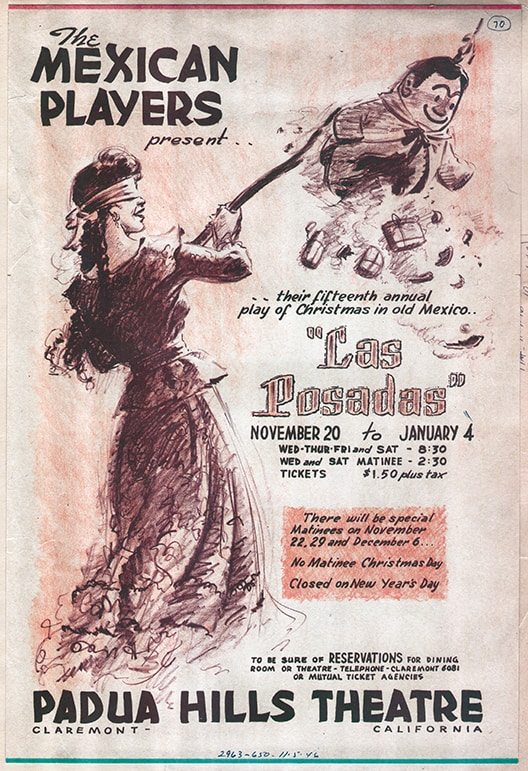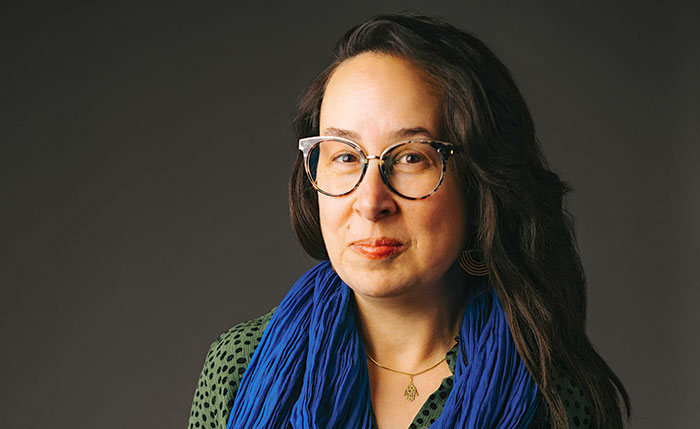Claremont group teams up with Golden State Water Company
Claremont Affordable Water Advocates (CAWA) made a splash earlier this month when the unknown citizens group entered into a Memorandum of Understanding with Golden State Water Company, putting them smack dab in the middle of a water fight that’s consumed Claremont for years.
Many residents and city officials speculated the group didn’t really exist, a few even suggesting that perhaps CAWA was concocted by Golden State Water in an eleventh-hour bid to prevent a proposed water revenue bond measure by city council from going to a vote. But CAWA does exist and they want to be taken seriously.
Spearheaded by Claremont resident Donna Lowe, a businesswoman who ran for State Assembly in the 41st district in 2012 and founded the Claremont Conservatives Tea Party, CAWA members are an eclectic mix of lawyers, sales people, business owners, consultants and retired folks who, according to Ms. Lowe, “don’t have a degree in city politics.”
What they do have in common is a genuine belief that cooperating and collaborating with Golden State Water Company is far better for residents than an eminent domain fight over Claremont’s water system.
“We want everyone to realize there are alternatives,” CAWA member Bruce Cathcart explained. “The rates can be controlled and we don’t have to have the city do it—they don’t know how to do it.”
The grassroots effort began many months ago when Ms. Lowe, a Claremont resident since 2000, was in northern California for business and met with Golden State Water (GSW) representatives to discuss the water system acquisition.
“I was in Sacramento and I met with Mitch Zak and Julie Hooper,” explains Ms. Lowe of her talk with the two representatives of Randle Communications, a public relations firm that represents GSW. “I said to them, ‘I really want to learn more.’ I wanted to know what was going on before the city moved forward with an eminent domain seizure. They explained to me their position and the efforts they put forth with the city. It just made sense.”
Following that meeting, Ms. Lowe began assembling CAWA members, people she’d worked with previously in other organizations and efforts, who began gathering information about what had transpired between the city and GSW. According to Mr. Cathcart, the group wanted to hear more from the water company and its plans for Claremont’s water system from someone other than the city.
“Golden State introduced us to the vice president, they brought out their PR guys who talked with us and they showed us documents from CPUC meetings,” Mr. Cathcart said. “They (GSW) seemed credible and had wanted to work with a citizens group but weren’t getting any cooperation.”
In March, CAWA began holding meetings with about a dozen people in attendance and the citizens group agreed to partner with GSW to allow residents to understand that there is another option.
“Denise Kruger came to my house on several occasions to talk about some of the issues and concerns surrounding the water system,” Ms. Lowe said. “We came up with a first draft and, two months later, is the MOU you have that was presented to the city council.”
CAWA’s decision to get involved with the water issue and work alongside Golden State to try to solve issues regarding water supply and costs wasn’t a hard one to make for the group members.
“Several of us go to city council meetings on a regular basis and we started following the city’s desire to take control of the water system,” Mr. Cathcart said. “We looked into the situation and we didn’t think the city was actually doing anything. They weren’t negotiating in good faith or participating in public CPUC (California Public Utility Commission) hearings. And then the city started complaining that GSW wasn’t cooperating and we didn’t see that.”
The city’s purported lack of participation in the 2013-2015 rate-making process appears to be the catalyst to the group questioning the city’s plan for seizure of the water system.
“I was shocked to learn that the city didn’t participate in the CPUC hearings. They showed up to the first one, but never showed up again,” Ms. Lowe says. “I was happy they brought the water price issues to light but disappointed they didn’t show up. That’s when the first ‘red flag’ went up for me.”
The city of Claremont refutes this claim, stating that staff began protesting proposed rate increases in July of 2011 when it retained legal counsel to represent Claremont in the General Rate Case.
“The interests of the ratepayers were represented in the General Rate Case proceedings by the Division of Ratepayers Advocates, the advocacy arm of the CPUC,” the city said. “The cities of Claremont, Placentia, Cypress, Stanton, Apple Valley and Barstow intervened in the proceedings.”
Further, Claremont staff organized a public hearing with the administrative law judge at Taylor Hall in Claremont in December of 2011. More than 400 residents attended and presented comments to the judge. During the rate case proceedings, the city states it submitted testimony and rebuttal evidence and, with assistance from the local group Claremonters Against Outrageous Water Rates, collected residents’ protest letters, which were sent to the CPUC commissioners.
As a public agency, the CPUC claims that it depends on public input to make informed decisions that consider the impact of utility costs and services. Next month, CAWA plans to participate in the CPUC public hearings as an “intervenor,” a position supported by Golden State.
“We’re going to be a third party, witnessing and participating in the hearings. We will know first-hand if the city is participating in these things or not,” explains Mr. Cathcart.
Ms. Lowe believes residents need to get wise to the city’s changing water needs and evolve.
“What we need to understand, first and foremost, is that we live in a desert. We act as though we do not,” Ms. Lowe said. “Do I love the trees? Absolutely. But times are changing. We’re in a drought. Landscaping, planting trees that are not indigenous, that comes with a cost and we need to get wise to it. It just boggles my mind.”
New housing developments are another concern of the group.
“Now we’ve got all these high-density, affordable housing projects, which will require even more water with no apparent regard to water consequences. It’s a vicious cycle and turning over the water company to Claremont isn’t going to fix it,” she added.
Mr. Cathcart doesn’t feel the city is truly receptive to working with an outside group to find a resolution.
“Our relationship with the city is more adversarial than collegial, and we don’t feel it should be like that,” he says. “They should have an open mind. If we can get a better deal, they shouldn’t be in opposition to it just because it wasn’t their idea.”
The city maintains that it is open to discussion with Golden State on the 20-point Memorandum of Understanding. As Mayor Lyons previously stated, “If Golden State Water is serious about working with the city on real solutions, our door is open.”
The full memorandum of understanding between CAWA and Golden State Water can bee seen here: https://claremont-courier.com/print-archive/t12047-water.
—Angela Bailey
news@claremont-courier.com










0 Comments